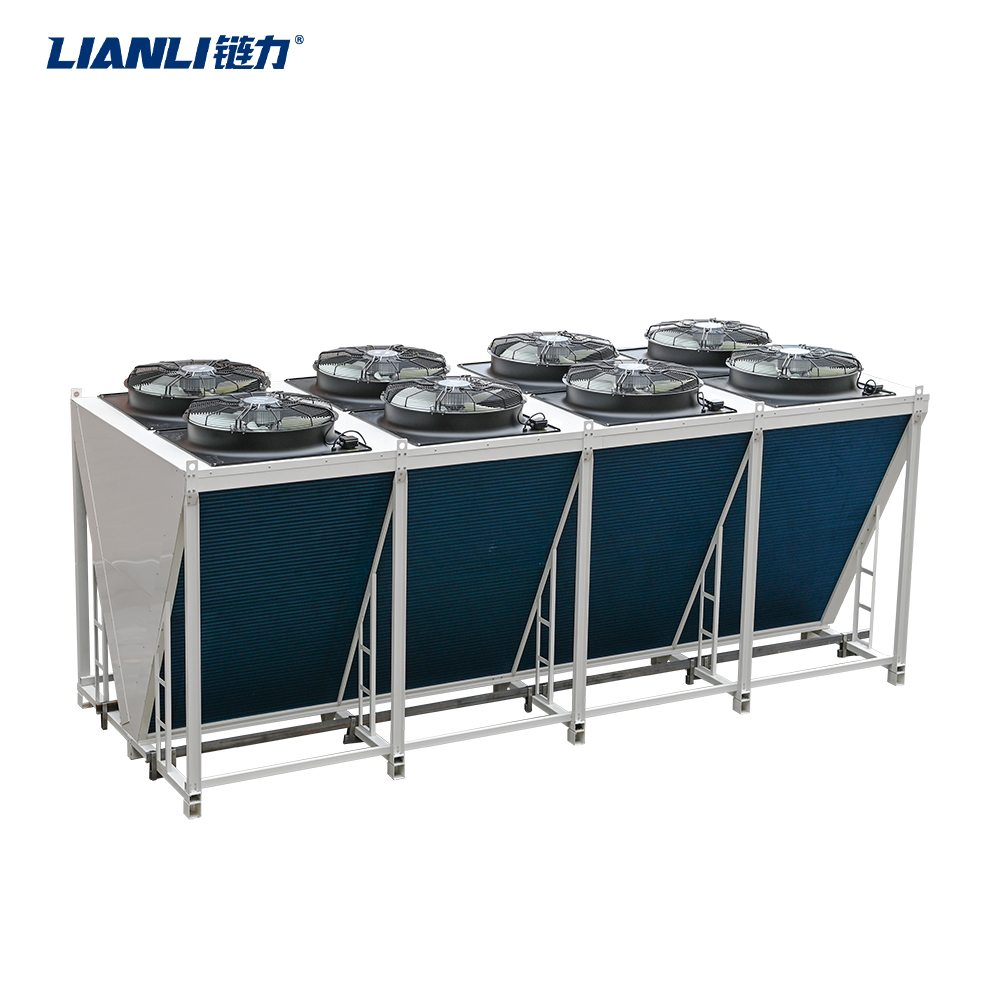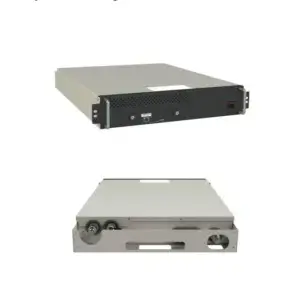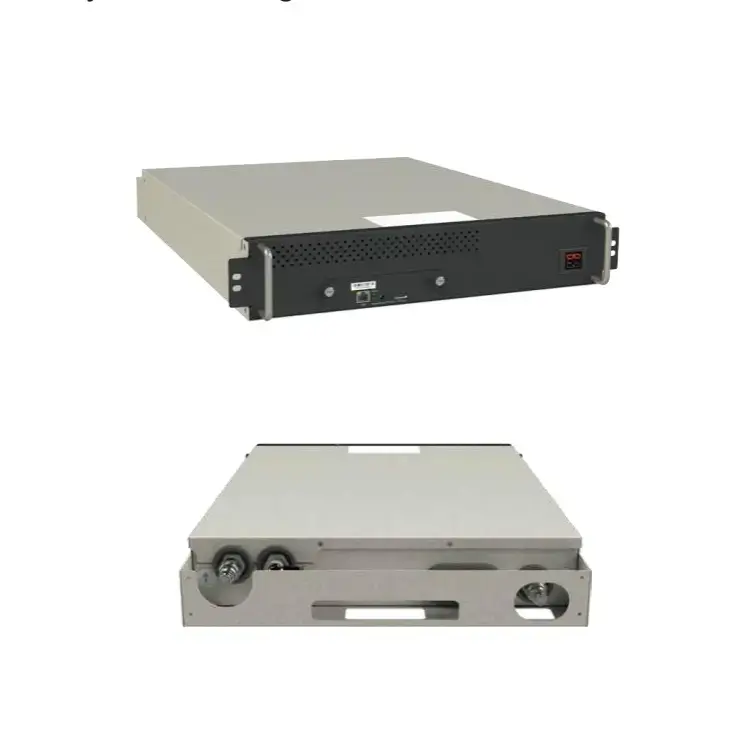Miner S21e XP Hyd.: The Role of Water Cooling in Mining Hardware .Longevity
The world of cryptocurrency mining is a relentless pursuit of efficiency and performance. As miners strive to maximize hash rates while minimizing operational costs, particularly electricity and cooling, the hardware itself faces immense thermal stress. This constant heat exposure is a primary factor in component degradation and reduced lifespan. Enter the Miner S21e XP Hyd., a specialized variant of the popular Bitmain Antminer S21 series, designed explicitly to tackle this thermal challenge through advanced water cooling technology. This article explores how water cooling, as exemplified by the Miner S21e XP Hyd., plays a crucial role in enhancing the longevity of mining hardware.
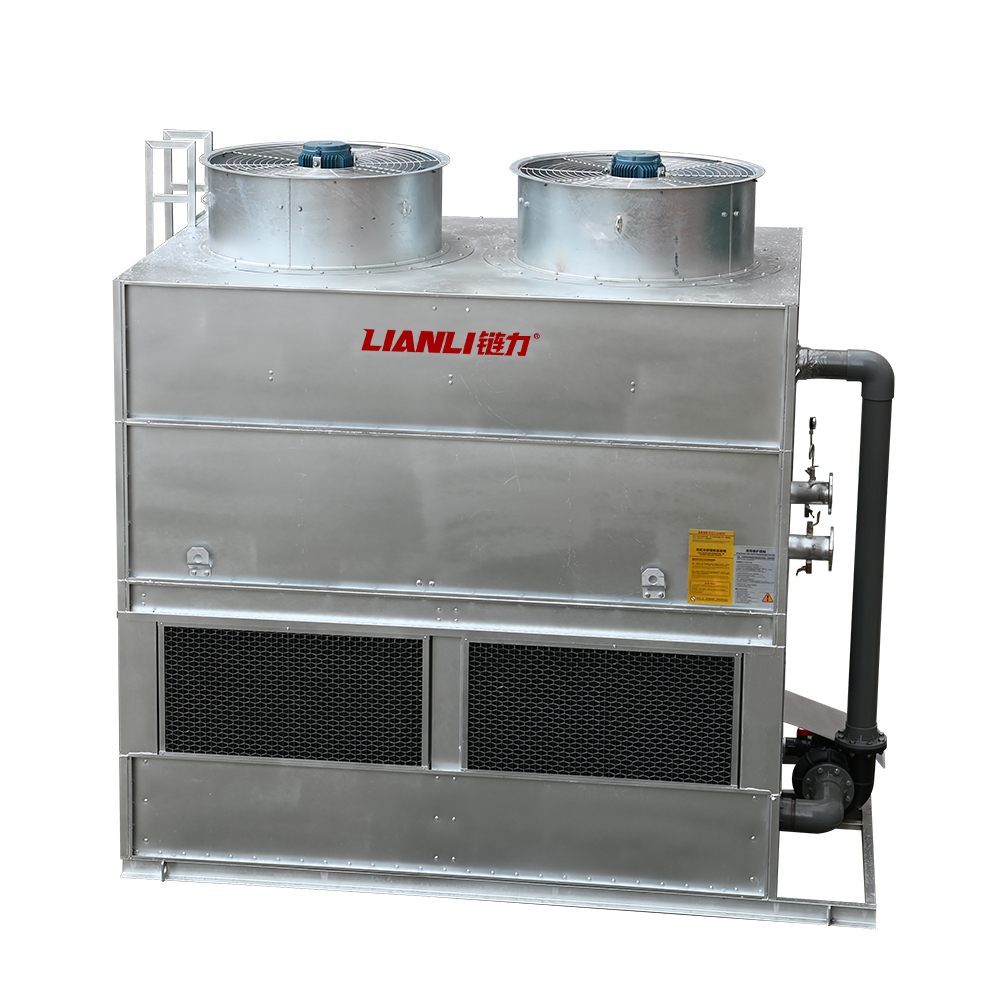
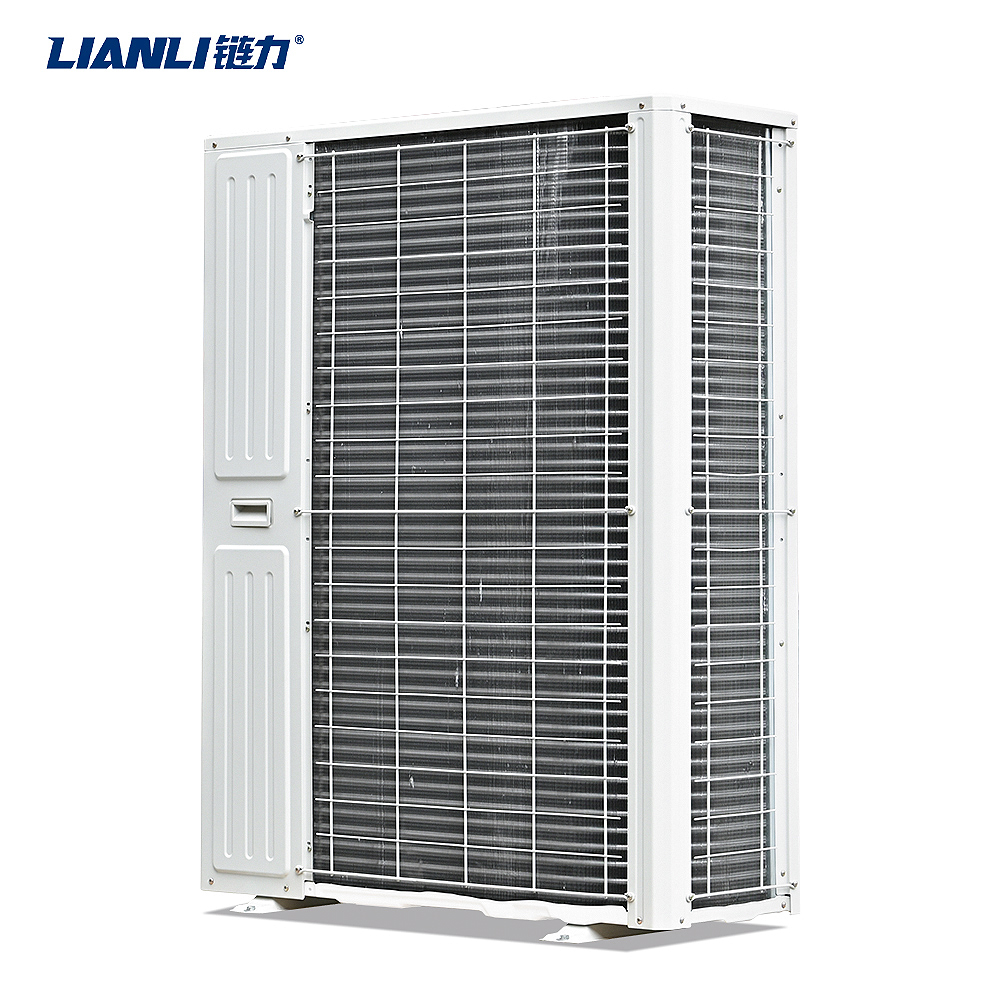
 The Thermal Challenge in Cryptocurrency Mining
Mining rigs, especially high-performance ASICs like the Antminer S21 series, generate significant amounts of heat during operation. Traditional air-cooled miners rely on powerful fans to dissipate this heat into the surrounding environment. While effective to a point, air cooling has limitations:
The Thermal Challenge in Cryptocurrency Mining
Mining rigs, especially high-performance ASICs like the Antminer S21 series, generate significant amounts of heat during operation. Traditional air-cooled miners rely on powerful fans to dissipate this heat into the surrounding environment. While effective to a point, air cooling has limitations:


 The Thermal Challenge in Cryptocurrency Mining
Mining rigs, especially high-performance ASICs like the Antminer S21 series, generate significant amounts of heat during operation. Traditional air-cooled miners rely on powerful fans to dissipate this heat into the surrounding environment. While effective to a point, air cooling has limitations:
The Thermal Challenge in Cryptocurrency Mining
Mining rigs, especially high-performance ASICs like the Antminer S21 series, generate significant amounts of heat during operation. Traditional air-cooled miners rely on powerful fans to dissipate this heat into the surrounding environment. While effective to a point, air cooling has limitations:
- Inefficiency at High Loads: As hash rates increase, so does heat output. Air cooling can struggle to keep pace, leading to higher operating temperatures.
- Dust Accumulation: Fans constantly draw in air, bringing dust and debris that can clog heatsinks and fans, reducing cooling efficiency over time and requiring frequent maintenance.
- Temperature Fluctuations: Ambient air temperature variations can directly impact the miner’s internal temperature, causing thermal cycling which stresses components.
- Noise: High-speed fans generate considerable noise, which can be a significant operational drawback.
- Superior Heat Transfer: Water has a much higher specific heat capacity than air, meaning it can absorb and carry away significantly more heat energy per unit volume. The Miner S21e XP Hyd. uses cold plates directly attached to the ASIC chips and other critical heat-generating components. Coolant flows through these plates, efficiently drawing heat away from the source.
- Consistently Lower Operating Temperatures: Water cooling systems can maintain core component temperatures significantly lower than air-cooled counterparts, often by 20-30°C or more. The Miner S21e XP Hyd. operates its ASICs at much lower junction temperatures, drastically reducing thermal stress.
- Reduced Thermal Cycling: Water acts as a thermal buffer, smoothing out temperature fluctuations. This stability minimizes the expansion and contraction of materials within the hardware, a key factor in mechanical fatigue and solder joint failure over time.
- Dust-Free Operation: The sealed water cooling loop eliminates the need for large intake fans drawing in ambient air. This prevents dust accumulation on critical components and heatsinks, maintaining optimal thermal performance without the need for frequent cleaning.
- Quieter Operation: While pumps are involved, they are generally much quieter than the high-RPM fans required for equivalent air cooling, leading to a significantly reduced noise footprint.
- Slowed Component Degradation: Lower and more stable temperatures slow down the chemical processes that degrade capacitors and other components.
- Reduced Failure Rates: By mitigating thermal stress and eliminating dust-related issues, the Miner S21e XP Hyd. experiences fewer component failures, particularly in high-temperature environments.
- Maintained Performance: Cooler components are less likely to throttle due to overheating, ensuring the miner operates at its designed hash rate consistently over a longer period.
- Lower Maintenance Needs: The sealed system requires less frequent cleaning and maintenance compared to air-cooled miners, reducing downtime and associated costs.
